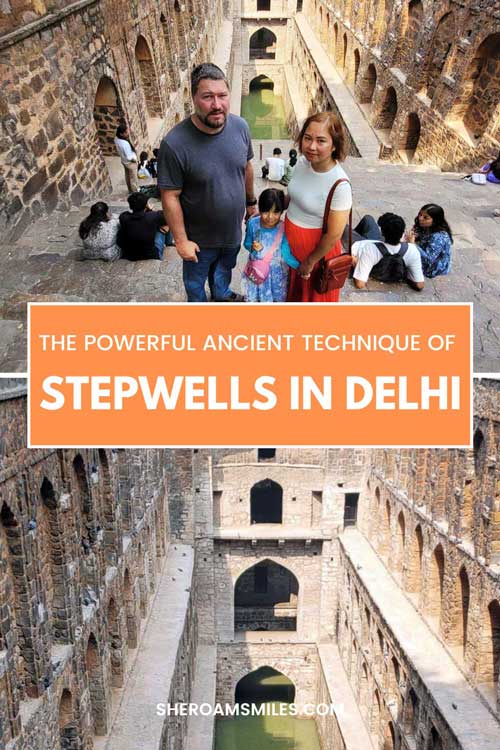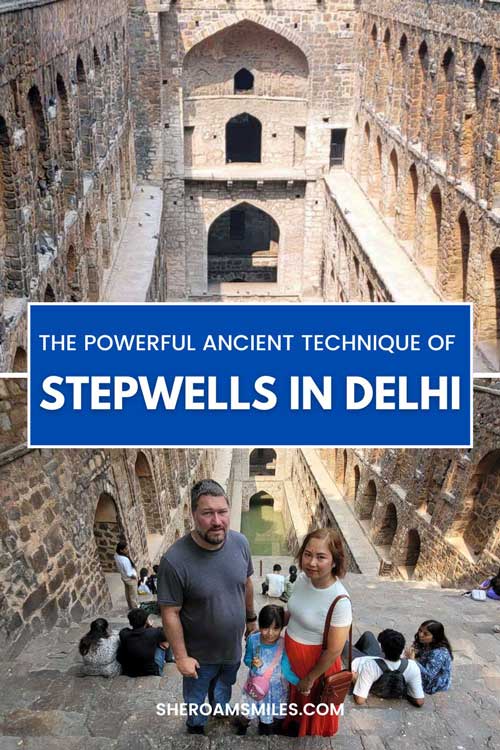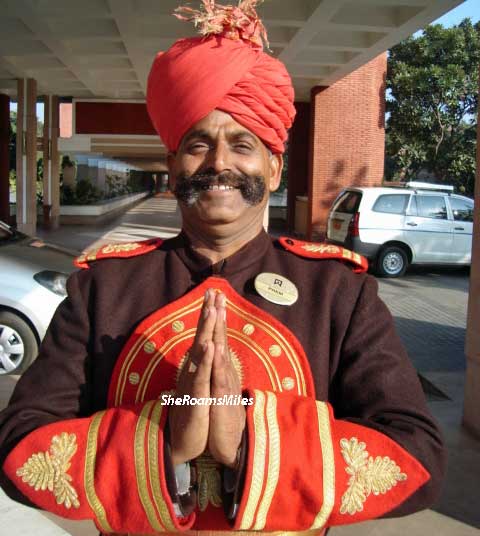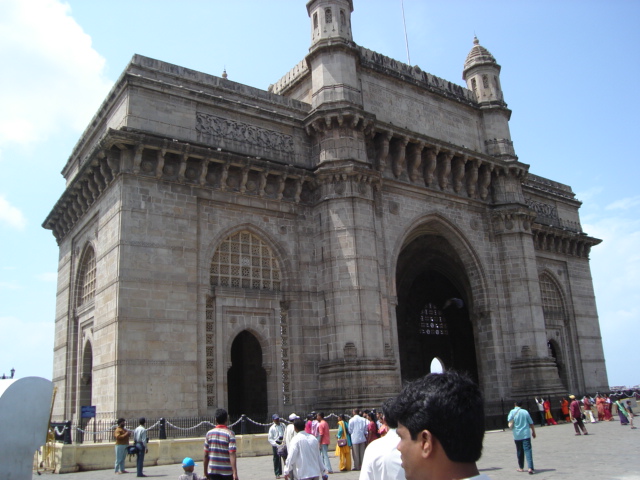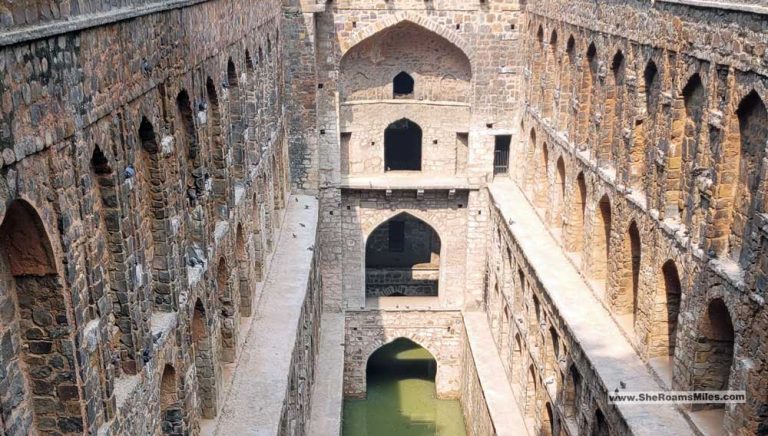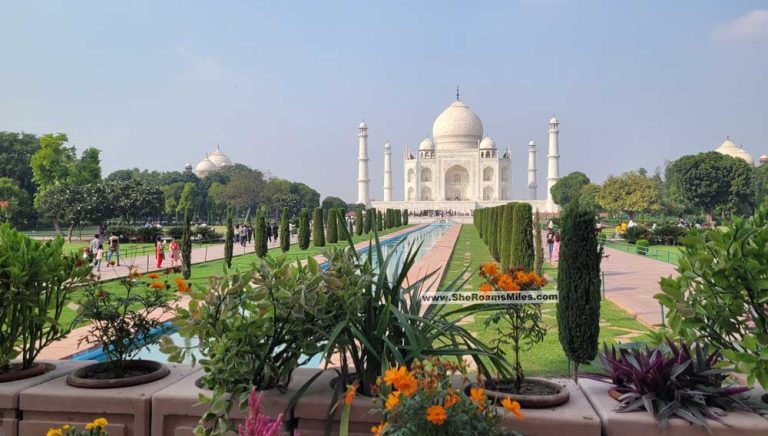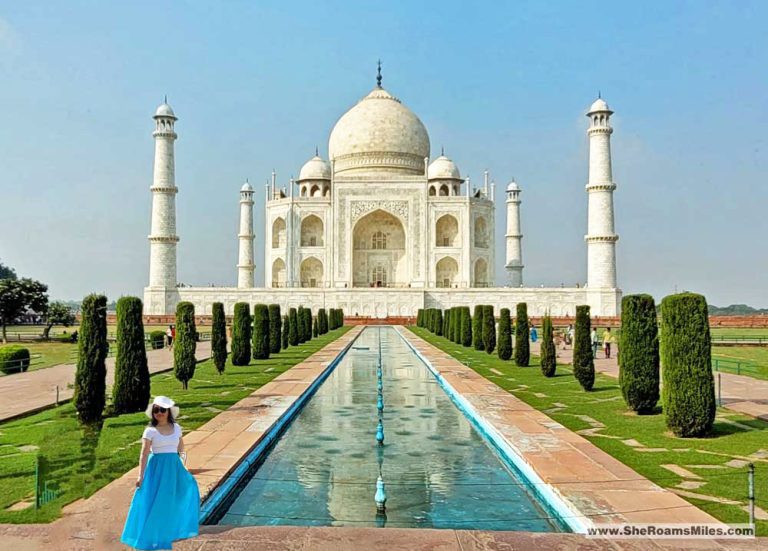Stepwells In Delhi
As the sun beats down on the bustling city of New Delhi, a hidden gem lies beneath its chaotic streets. Indeed ‘hidden’ that we had to go through a narrow street when only one car fits. One car refused to drive down this narrow street because it didn’t want to get into a “tight” situation! Thankfully, our good guide knows the ins and outs of this fascinating place that shows ancient water conservation technique.
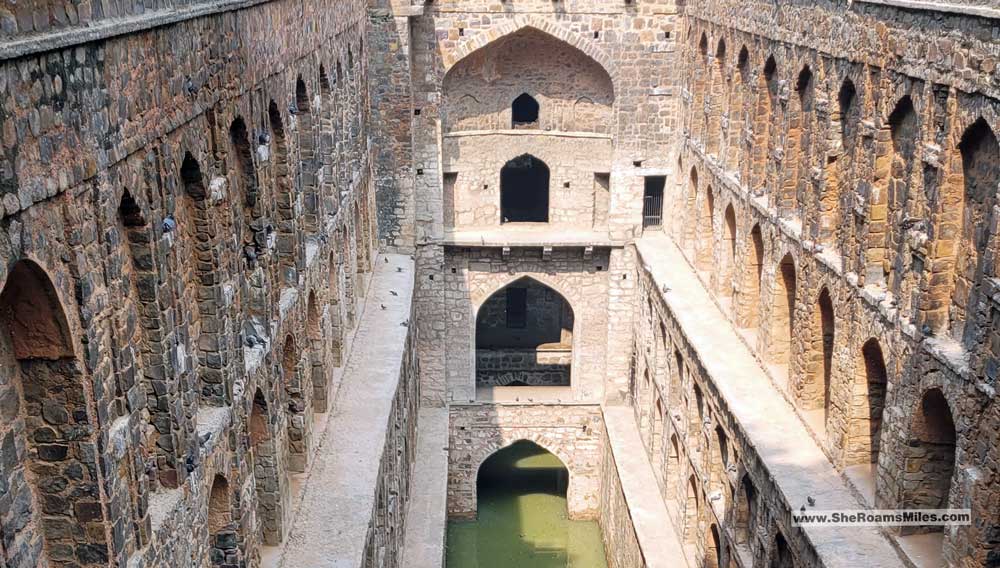
With intricate architecture and a rich history, the stepwells of New Delhi have served as a lifeline for the community for centuries. These ancient structures, also known as Baoli, have long been a source of fascination and wonder. Yet remain largely undiscovered by tourists. In this article, we will dive deep into the world of stepwells and uncover their significance in Indian culture. From their purpose and construction to their cultural and religious significance, we will explore the intricate details of these historic structures that make them a must-see for anyone interested in ancient civilizations. We will also shed light on their role in shaping the city’s past and present. So grab your virtual hardhat and join us on a journey through the depths of New Delhi’s iconic stepwells.
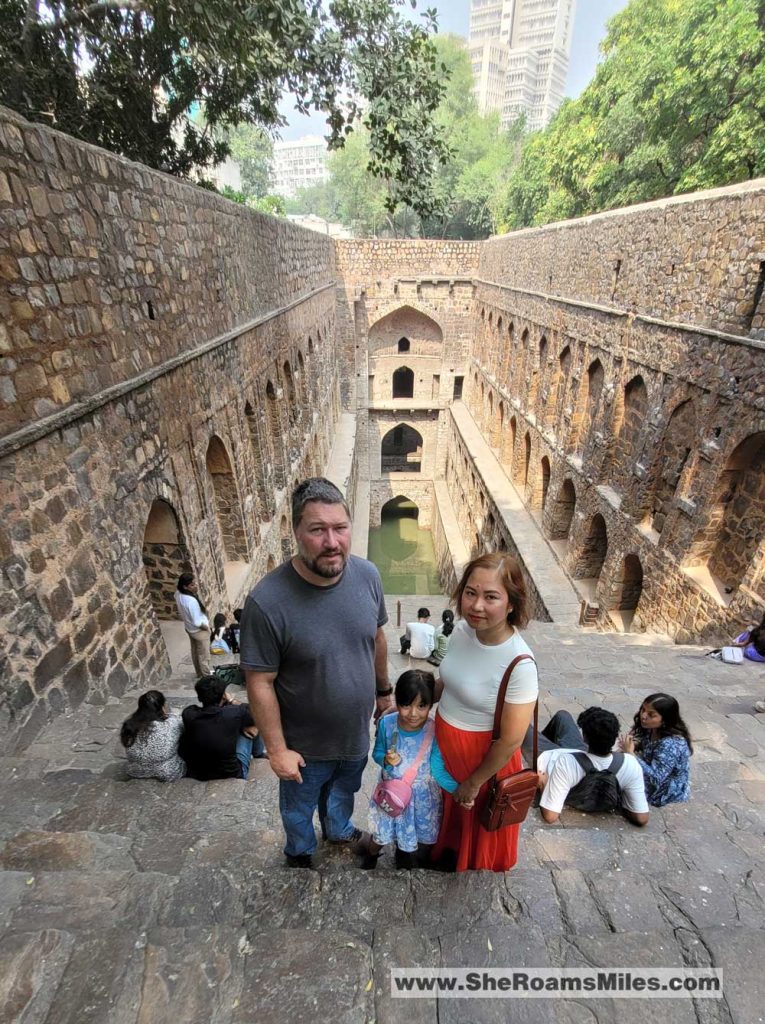
Delhi offers various accommodations to suit different preferences and budgets. Below you can find my picks for where to stay in New Delhi.
- Luxury: The Leela Palace New Delhi
- Mid-range: The LaLiT New Delhi
- Budget: Saltstayz Le Icon
What is a Stepwell?
A stepwell, also known as a baoli, bawdi, or vav, is a traditional subterranean structure designed to collect and store water. These architectural marvels are characterized by their series of steps that descend to the water level. This makes it easier to access water even during dry seasons, a fascinating ancient water conservation technique.
An Ancient Water Conservation Technique
Stepwells were primarily built in arid regions of India, particularly in Gujarat and Rajasthan. The purpose was to cope with seasonal fluctuations in water availability. They served multiple purposes, including providing water for drinking, bathing, and irrigation, as well as offering a cool retreat from the intense heat. The construction of stepwells often involved intricate carvings and architectural embellishments, reflecting both Hindu and Islamic influences.
Stepwells played a crucial role in the social and cultural life of the communities they served, often becoming gathering places for local residents. Today, many of these ancient stepwells are being restored as part of water conservation projects and heritage preservation efforts.
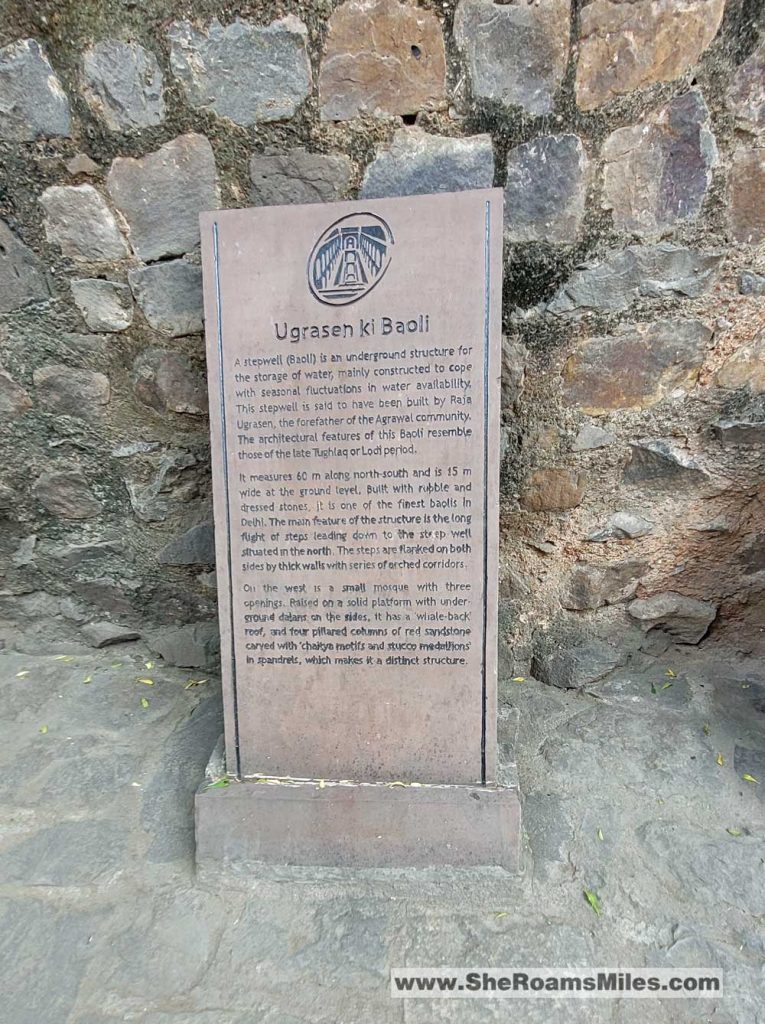
Ugrasen Ki Baoli
Address: Hailey Road, Near Diwanchand Imaging Centre, K G Marg, Hamdard Nagar, Vakil Lane, Mandi House, New Delhi, Delhi, 110001, India.
This historical stepwell is situated near Connaught Place, making it easily accessible for visitors exploring central Delhi.
Agrasen Ki Baoli is a historical stepwell in New Delhi. It’s believed to have been built during the Mahabharata era and later rebuilt in the 14th century. The stepwell showcases a blend of Persian and Indian architectural styles and has 108 steps, divided into three levels. Ugrasen Ki Baoli is a multi-story and feature elaborate pavilions and galleries, making them not only functional but also aesthetically significant. Agrasen Ki Baoli is a popular tourist attraction and has appeared in Bollywood films, including the blockbuster “PK” starring Aamir Khan. It is open to visitors daily with no entry fee.
Today it is a hangout or hideout place for people in the city seeking seclusion and quite.
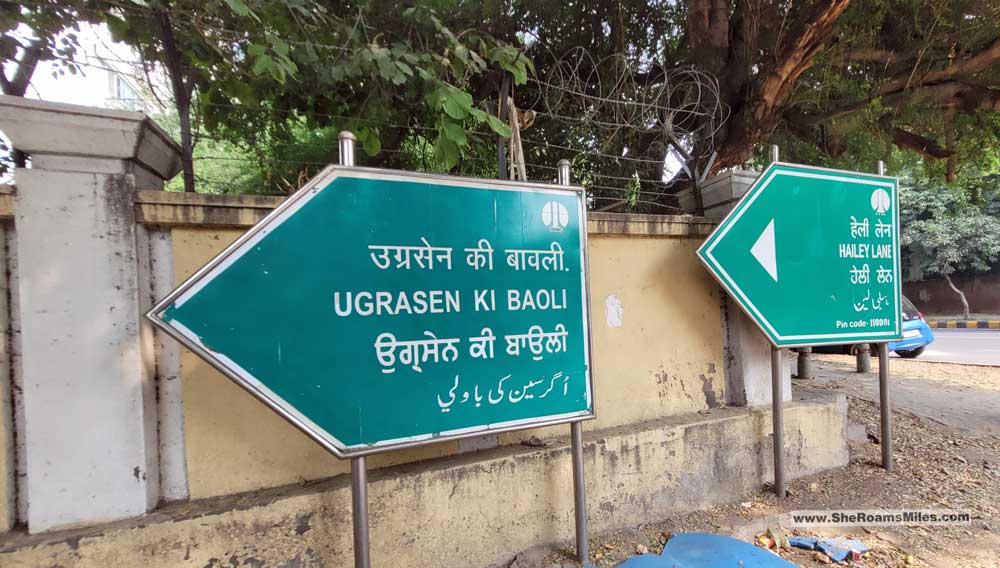
Have you ever visited a stepwell or seen one in pictures? They are fascinating examples of ancient engineering, ancient water conservation technique, architectural styles and community resourcefulness.
Conclusion
Stepwells in Delhi are not just remarkable architectural wonders. They are testaments to the resourcefulness and sustainability of ancient civilizations. These structures not only provided a vital water source for the people of Delhi, but they also served as hubs for community gatherings and cultural exchanges.
As we grapple with the present-day challenges of water scarcity and conservation, it is crucial to reflect on the steps our predecessors took to address this issue. Stepwells in Delhi serve as a vital reminder that innovative solutions have always been within our reach.
Rather than simply marveling at them from a distance, let’s derive inspiration from these stepwells to take action towards preserving and implementing sustainable water practices in our own communities. As Mahatma Gandhi famously said, “The future depends on what we do in the present.” So, let’s channel our learnings from the past to build a better future.
Useful Info for Your India Trip
Tourist Visa
Before you can start planning your trip, you have to check the visa requirements to enter India first. You can check it here. United States citizens are required to have visa to visit India. Nowadays, we can get e-Visa where you quickly apply online, and pay the small fee (about $25 at time of writing). You will get an email in about two days of visa decision, either granted or denied. Denial is a rare case, but overall, they want tourists to visit the country. The process was fast and smooth.
Delhi offers various accommodations to suit different preferences and budgets. Below you can find my picks for where to stay in New Delhi.
- Luxury: The Leela Palace New Delhi
- Mid-range: The LaLiT New Delhi
- Budget: Saltstayz Le Icon
Driving in India
India is a right hand drive country. With this itinerary, you should not have to worry about dealing with driving in whatever side of the road. Traffic is Delhi is heavily congested. People blow their horns normally, where it would be offensive in other countries.
Safety in India
As of November 2024, the population of India is approximately 1.455 billion people. We stayed for only two full days in India. With this itinerary we felt safe and did not experience any concerns at all.
Delhi Belly
Food poisoning can be a concern for tourists in India, often referred to as “Delhi Belly.” However, with some precautions, you can minimize the risk and enjoy your trip.
If you do get sick, stay hydrated, rest, and seek medical attention if necessary. Many travelers find that carrying a basic medical kit with rehydration salts and anti-diarrheal medication can be very helpful.
Have you had any experiences with food while traveling that you’d like to share? It can be quite an adventure!
Best time to visit India
The best time to visit India largely depends on the regions you plan to explore and the activities you wish to engage in. Generally, the most favorable time to visit is during the winter months, from December to early March.
We visited in late October and the weather was mild and pleasant across most parts of the country, making it ideal for sightseeing and outdoor activities. It did not rain on us.
The monsoon season, from June to September, brings heavy rains to most parts of India, which can disrupt travel plans but also offers a unique experience with lush landscapes and vibrant festivals.
Temperatures can be scorching especially in the summer months, so don’t forget to come prepared. Thankfully, most of the shops offer hats and umbrellas to provide some respite from the heat. Just be sure to have some Indian rupees or cash on hand, as many of the smaller shops may not accept cards.
Planning a trip to India?
Then you might want to take a look at all our other travel guides about India. I promise, they are just as awesome as this article was!
- The Stepwells In Delhi | A Fascinating Ancient Water Conservation Technique
- Explore the Best of Agra India | Perfect 1 Day Itinerary
- 19 Best Things to Do in India | Ultimate 2 Days Itinerary
- 10 Epic Things To Do In Delhi India
Like this post? Save it on Pinterest!
